What Is Cast-In-Situ Concrete?
Important Point
Cast-in-situ concrete, also known as cast in place meaning, is prepared, placed, and finished on the construction site. This process, often referred to as concrete casting meaning, involves casting of concrete directly where it is required.
Generally, concrete slabs, concrete foundations, beam, column, wall, roof, etc., are preferred structures in cast-in-situ concrete.
Also, read: Abrasion Test | Test to Determine the Abrasion Value | Abrasion Test Principle | Important of Abrasion Test
Definition of Cast in Place Concrete
It’s a construction technology, often called cast in-situ construction, where building components like walls, slabs are cast at the site by Formwork. This type of concrete is also finished on the site. This is termed as cast in place concrete.
What Is Cast in Place Concrete?
Cast-in-place concrete slabs, concrete foundations, beam, column, wall, roof, etc., are preferred structures in cast-in-situ concrete.
Cast-in-situ concrete is prepared, placed, and finished on the construction site. Another name of cast-in-situ concrete is poured-in-place concrete.
Also, read: 10 Best Cement Companies In India
Useful Article For You
- What Is a Contour Interval
- What Is Tile
- What Is the Difference Between a Shower Pan and a Shower Base?
- What Is a Window Panel
- Type of Arch
- What Is the Measurement for a Queen Size Bed
- What Is Considered Livable Space
- What Is One Way You Can Save Electricity?
- What Is a Bundle of Shingles
- What Is a Gallon of Water Weigh
- What Is Sand Blasting
- What Is a Span Bridge
- Difference Between Pier and Pile
- What Is the Little Black Diamond on a Tape Measure
- What Is a Louvered Door
- What Is a Spread Footing
- What Is Leveling
- Different Types of Beam
- What Is Pedestal
- What Is Plumbing Fixtures
- What Is Slab Construction
- What Is Calacatta Quartz
- What Is Auxiliary View
- Sheepsfoot Roller
- What Is 1 Flight of Stairs
- What Is Refractory Cement
- Dry Pack Concrete
- What Is Luminous Flux Vs Lumens
- What Is a Frost Wall
- What Is an Undercoat
- What Is Road Pavement
- Arch Foundation
- What Is a Stair Landing
- What Is a Spandrel Beam
- What Is Pier and Beam Foundation
- What Is a Pile Cap
- What Is a Mat Foundation
- What Is a Floating Slab
- What Is the Purpose of Foundation
- What Is a Flush Door
- What Is Residential Construction
- What Is the Best Foundation for a House
- What Is a Benchmark in Surveying
- What Is a Engineering Drawing
- What Is an Admixture
- What Is the Standard Size Water Supply Line
- What Is the Difference Between Tension and Compression?
- What Is a Tremie
- What Is Tributary Area
- What Is Shoring Construction
- What Is a Cason
- What Is Wall Putty
- What Is the Difference Between Mortar and Concrete
- What Is Bhk
- What Is Sbc of Soil
- What Is Plinth Level
- What Is Water Proofing
- What Is Mix Design of Concrete
- What Is Fine Aggregate
- What Is Retention Money
- What Is Design Mix
- What Is Isometric Scale
- What Is Development Length
- What Is Superelevation
- What Is Wall Made Of
- What Is Micro Piling
- What Is Soil Stack
- What Is a Half Wall Called
- What Is Flagstone
- What Is a Cinder Block
- What Is Floors
- What Is a Parapet in Construction
- What Is Concept Drawing
- What Is a 30 Degree Angle
- What Is a Mezzanine Level
- What Is Plinth Area
- What Is Precipitation
- What Is a Soffit
- What Is the Difference Between Residual and Transported Soil
- What Is a Drop Manhole
- What Is Oblique View
- What Is a Flyover Bridge
- What Is Tie Beam
- What Is the Cost of 1 Bag Cement
- What Is Well Foundation
- What Is the Principle of Chain Surveying
- What Is Dlc in Road Construction
- What Are the Advantages of Levelling
- What Is Hardened Concrete
- What Is Plinth Protection
- What Is Wbm Road
- What Is Measurement Book
- What Is Traversing in Surveying
- What Is the Space Between Windows Called
- What Is a Moment Frame
- What Is 53 Grade Cement
- What Is True Slump
- What Is Joisted Masonry Construction
- What Is the Back Azimuth of 180 Degrees
- What Is Consistency of Cement
- What Is Pointing
- What Is Design Period
Cast in Place Concrete Wall
Cast in place concrete wall is an exposed civil, structural system. Openings are provided in this system by generally filling with masonry, windows, or other cladding materials.
1. Cast in Place Concrete Wall: Fundamentals
Cast in place wall system is a wall system that is naturally a building structure system, consist of vertical load resisting the power and lateral (seismic and wind) load resistant system. This lateral system includes a shear wall, moment-resisting frame, braced frame, etc.
In this system, the vertical load resistant system is divided into two parts, and those are horizontal framings like floor system and vertical framings like column and walls.
2. Cast in Place Concrete Wall: Performance
- Thermal performance: Thermal resistance of this type of wall is not too good, but nowadays, some heat-resisting materials are provided to increase the thermal performance of the cast-in-place concrete wall.
- Moisture Protection: Naturally, in the cast in place concrete joint seal is used as moisture protection is used but sometimes, for additional coating, a sealer material or concrete is used.
- Durability: The main purpose of the cast in situ walls is for durability; it is a highly durable structure. The durability of the structure can be increased by proper water-cement ratio, minimum compressive strength, proper entrained air, etc.
Also, read: What Is Slump Cone Test | Principle of Slump Test | Types of Concrete Slump
3. Cast in Place Concrete Wall: Maintenance
This type of concrete maintenance work is not too much for this concrete. The maintenance process in this type of concrete requires more workmanship.
Cast in Situ Concrete Advantages and Disadvantages
Advantages of Cast in Situ Concrete
The cast-in-place concrete advantages and disadvantages include several pros of cast in-situ, such as.
- This type of concrete easily adapts to any shape of building; that’s why it is highly preferable and widely used all over the world.
- Cast in situ concrete can be more or less monolithic, so the joints are only provided at the same structure.
- This type of concrete is naturally used for the two-way structural system.
- Cast in situ concrete is very adaptable for post-tensioning.
- In this type of concrete placing, no crane is to be needed.
Disadvantages of Cast in Situ Concrete
However, there are also disadvantages of cast in place concrete, which include
- In cast in situ concrete, the Formwork is very time-consuming, and it requires more manpower.
- Cast in situ concrete must be cured before it is subjected to any other loads.
- Quality control of the finished surface of this type of concrete is not assured.
- More manpower is required, so it is not too much an economical process.
Also, read: Mortar Vs Cement | Type of Cement | Type of Mortar
Cast in Place Concrete Application
There are so many applications of a cast in place concrete, those are-
- Cast-in-place concrete is widely used in different places like building walls, slabs.
- It is used in building foundations. In beams, columns: cast in situ concrete is widely used.
- The Building roof is generally made of cast place concrete.
- Rigid pavements of roads like concrete pavements are constructed by the cast-in-place concrete.
Uses of Cast in Place Concrete
- One of the major uses, such as cast in concrete roofs, demonstrates the versatility of insitu concrete.
- Another use of cast-in-place concrete is In beams, columns: cast in situ concrete is widely used.
- Cast-in-place concrete is widely used in different places like building walls, slabs.
- Cast in situ concrete is used in building foundations.
- In beams, columns: cast in situ concrete is widely used.
Useful Article for You
- Zero Force Members
- How Much Does a Yard of Concrete Weigh
- Cmu Wall Meaning
- Gradient Road
- Budget Sunroom Ideas
- What Is Gypsum Board
- Types of Vaulted Ceilings
- Well Points
- How Does Baking Soda Remove Blood from Carpet
- What Are Forms in Construction
- How Heavy Is Dirt
- Tender Meaning in Architecture
- Dark Olive Green House
- Cast in Place Concrete
- Lean to Roof
- How Tall Is an Average Door
- Grade Beam Foundation
- Window Sill Height
- Concrete Cold Joint
- Types of Traps
- Types of Pipe
- Wood Supporting Beams
- Finishing Plaster
- Home Depot Scrap Wood
- Lvl Beam Size Calculator
- Structural Shell
- Curb Types
- Msand
- Optimum Dry Meaning
- Disadvantages of Low-E Glass
- Bridge Abutment Definition
- Build Materials List
- Composite Masonry Wall
- Is Cedar a Hardwood or Softwood
- Modified Proctor Test
- Physical Properties of Sand
- Crane Machine Construction
- Types of Gable Roofs
- Door Frame Types
- How Much Does 55 Gallons of Oil Weigh
- Dog Leg Stairs
- Concrete Salt Finish
- Westpoint Bridge Builders
- Types of Porches
- Hempcrete Disadvantages
- Roof Pitch Types
- Types of Weirs
- Asphalt Floor
- Dutch Roof
- #6 Rebar Weight Per Foot
- Prizmatic Compass
- Bond Break Concrete
- Poured Concrete Wall Cost Calculator
- How Many 60 Lb Bags of Concrete in a Yard
- Wood Fence Post Spacing Chart
- Falsework
- Design of Building Structures
- Topping Slab
- Types of Cinder Blocks
- Fresh Concrete
- Door Colors for Red Brick House
- Clear Cover Concrete
- Tiles Brand
- Cement Consumption in Plaster
- Aggregate Density Kg M3
- Weight of Concrete Slab Calculator
- Is Clay Smaller Than Silt
- How to Calculate Dead Load
- Bad Concrete Work
- Stepped Foundations
- Residential Construction Cost Estimator Excel
- Different Construction Trucks
- Septic Pump Replacement Cost
- Dead Load Calculator
- Beam Vs Column
- Concrete Mix Ratio
- Caisson Foundation
- Glulam Beam Weight Calculator
- Bituminous Pavement
- M30 Mix Ratio
- Is 2502
- Reinforced Brick Work
- Plinth Level
- Trapezoidal Footing Formula
- Slab Steel Calculation
- Rolling Margin of Steel
- Top 20 Pvc Pipe Brands in India
- Top 5 Cement in India
- How Much Weight Can a 6×6 Support Horizontally
- Modulus of Rupture Formula
- Types of Curtains
- Building Estimate Excel Sheet
- How Is the Skeleton Similar to the Frame of a House?
- Which of the Following Best Explains Why Buildings Tip During Earthquakes?
- Rate Analysis of Civil Works
- Water Tank Company Name
- 1 Soot in Mm
- Reinforcement Lap Length Table
Concrete Casting Techniques
The casting in construction techniques, which are integral to cast insitu methods, include
- At first, we prepare the concrete by batching and mixing.
- Then we bring the concrete from batching plant to the construction site.
- On the construction site, the Formwork is prepared with wood or steel.
- Then the concrete is placed into the Formwork, and the finishing operation is done.
- After 2-3 days, formworks are removed, and the concrete is ready for curing work.
- The curing step is done by water curing, wet curing, moisture-retaining, and liquid membrane curing.
- These are the techniques of concrete casting.
Also, read: Soak Pit Design | Health Aspects | Operation and Maintenance of Soak Pit | Applicability of Soak Pit Design
Specifications of Cast in Situ Concrete
- The availability of this concrete is very high.
- The compressive strength and durability of this concrete are also higher than any other concrete.
- It is very economical than other types of concrete.
- The technique of this type of concrete casting is very user-friendly.
- It can bear earthquake and seismic loads.
Also, read: What is CBR Test in Civil
Concrete Pouring Methodology
There are few steps of concrete pouring methodology, those are-
- Preparation: At first, we need to prepare the portion where it is to be prepared. Any type of obstacle is removed and produces a granular sub-base over the entire area. Then the base is compacted with some compacting types of equipment.
- Forming: Next, we create formworks for the concrete; these formworks may be wooden or steel. This is provided to hold the concrete. These formworks are designed for easy removal after the concrete is perfectly cured.
- Pouring Placement: After Formwork has been completed, concrete is placed by the concrete pump if the concrete is not able to the casting place.
- PR-finish: After this work, the concrete surface needs to be finished smoothly and look uniform. Then we screed the surface with trowels.
- Finishing: Now, the final finishing operation is done over the concrete. Various textures are applied over the concrete surface.
- Curing: At last, the curing process is done. It reduces the cracks in the concrete. The total curing process is running over 28 days. The different curing process is adopted for a different type of construction.
Basement Foundation Repair
Depending on the type of issue, foundation repairs can cost as little as $500 for minor cracks and upward of $10,000 or more if the issue requires hydraulic piers. The average homeowner typically pays between $2,012 and $7,074 for foundation repair costs.
Concrete Foundation Repair
Use about 5/8 cold chisel and just knock out some of it. Making the gap wider. Now a cold chisel designed to break out in masonry. So it works fine.
Foundation Crack Repair
The good news: foundation wall cracks can often be repaired quickly and affordably. With the exception of tiny shrinkage cracks (see above), any foundation wall crack should be inspected by an experienced foundation repair contractor.
Basement Crack Repair
The good news is most basement floor cracks are normal and don’t need to be repaired. However, some cracks in the basement floor can let in water, moisture, and dangerous soil gasses (including radon).
Slab Foundation
Poured concrete block bases and slab foundations will last for a lifetime, 80 to 100 years or more, given they have been constructed with precision. The termite proofing of the base, 12 years, provided the chemical barriers remain intact. Properly installed waterproofing with bituminous coating should last 10 years.
Polymer Concrete
Polymer concrete is the composite material made by fully replacing the cement hydrate binders of conventional cement concrete with polymer binders or liquid resins, and is a kind of concrete-polymer composite.
Concrete Foundation Contractors
Foundation types vary, but likely your house or home’s addition does or will have one of these three foundations: full or daylight basement, crawlspace, or concrete slab-on-grade.
Slab Jacking
The slabjacking process, also known as mudjacking, is a method of repairing cracked and/ or sunken, broken concrete slabs without replacing the entire slab. Slabjacking is the process of lifting a building, driveway, or any object by pumping a concrete mixture beneath the item to be lifted.
Concrete Jacking
The cost of leveling, or mudjacking, a concrete surface typically ranges between $574 and $1,508, with the average being $1,041. However, it can be as low as $300 or as high as $2,200 depending on the size and condition of the area you need to level.
Concrete Polyfix
Unlike short term options like mudjacking, polylevel is a solution that will last. A study done in 2006 by argonne national laboratory found that the longevity of rigid polylevel foam is more than 1000 years.
Like this post? Share it with your friends!
Suggested Read –
- Stretcher Course Brick
- Difference Between One Way Slab and Two Way Slab | What is Slab
- What Is Granolithic Floors | Construction Method | Advantages аnd Disadvantage
- Methods of Design | Difference Between Working Stress Method and Limit State Method
- Difference Between Flexible Pavement and Rigid Pavement | What is Pavement | Type of Pavement
- Difference Between 33, 43 and 53 Grade Cement
- Heartwood Vs Sapwood | What Is Sapwood | What Is Heartwood
- 14 Difference Between One Way Slab and Two Way Slab | What is Slab
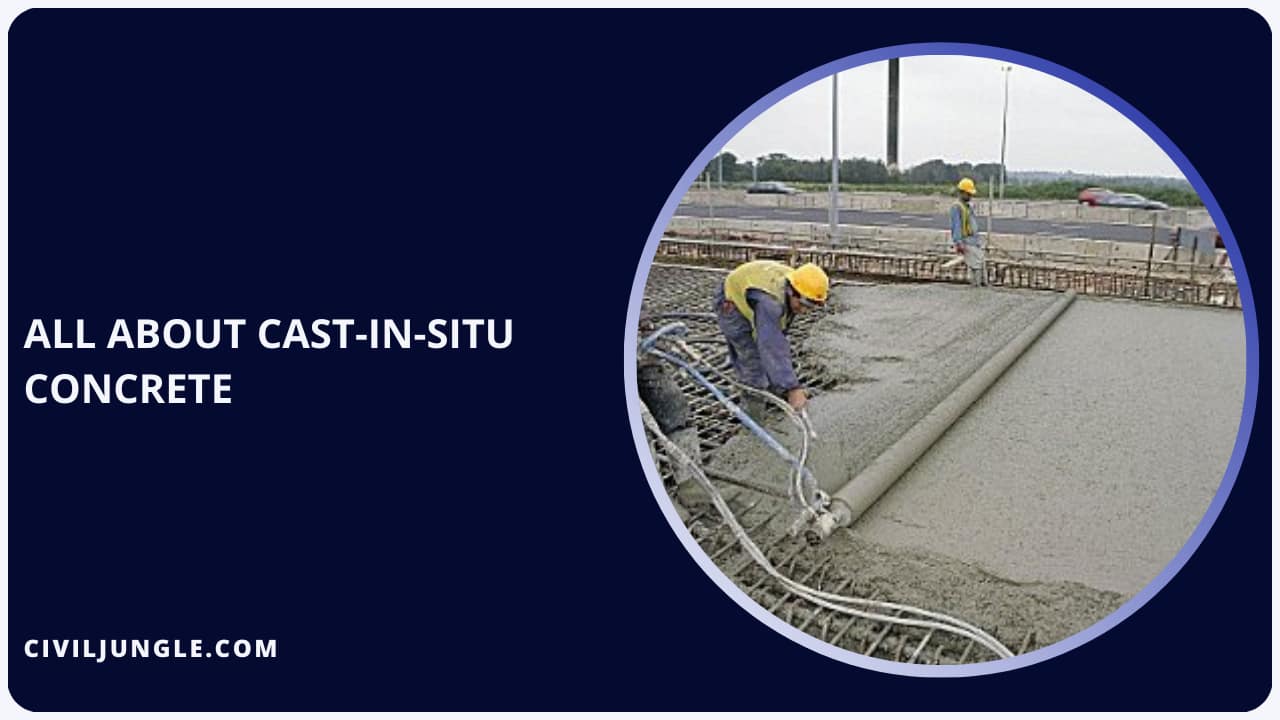
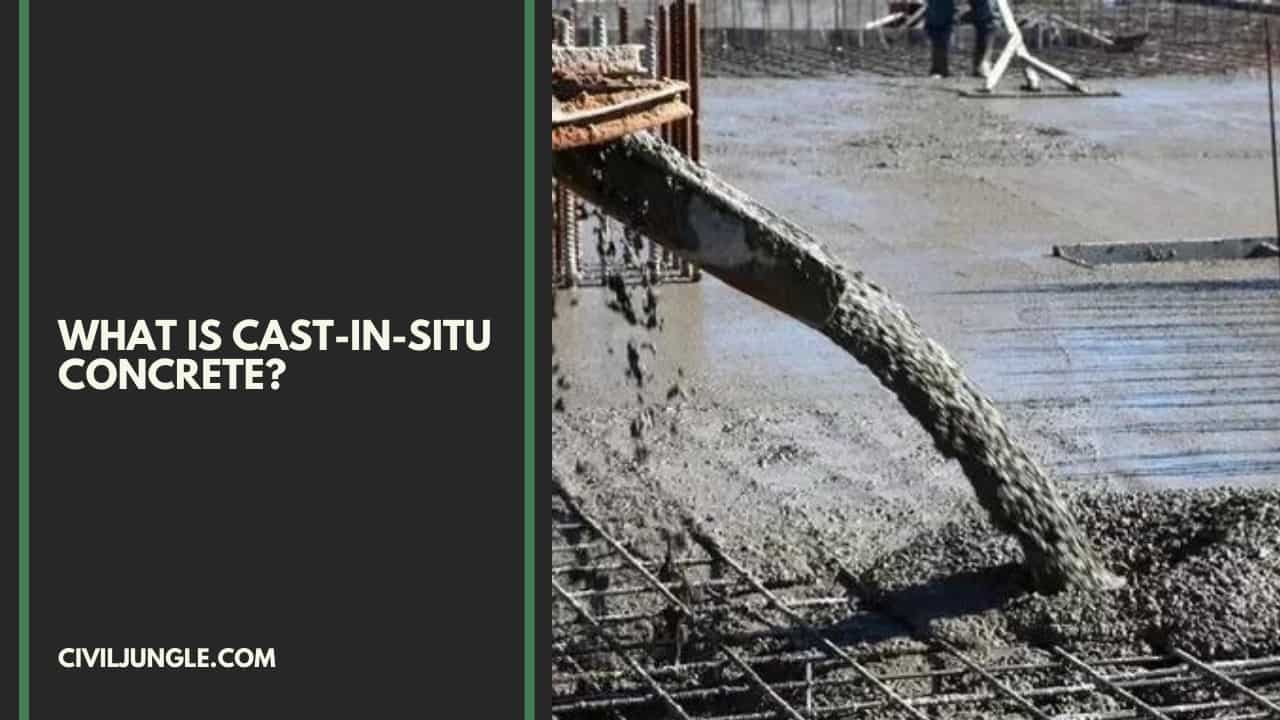
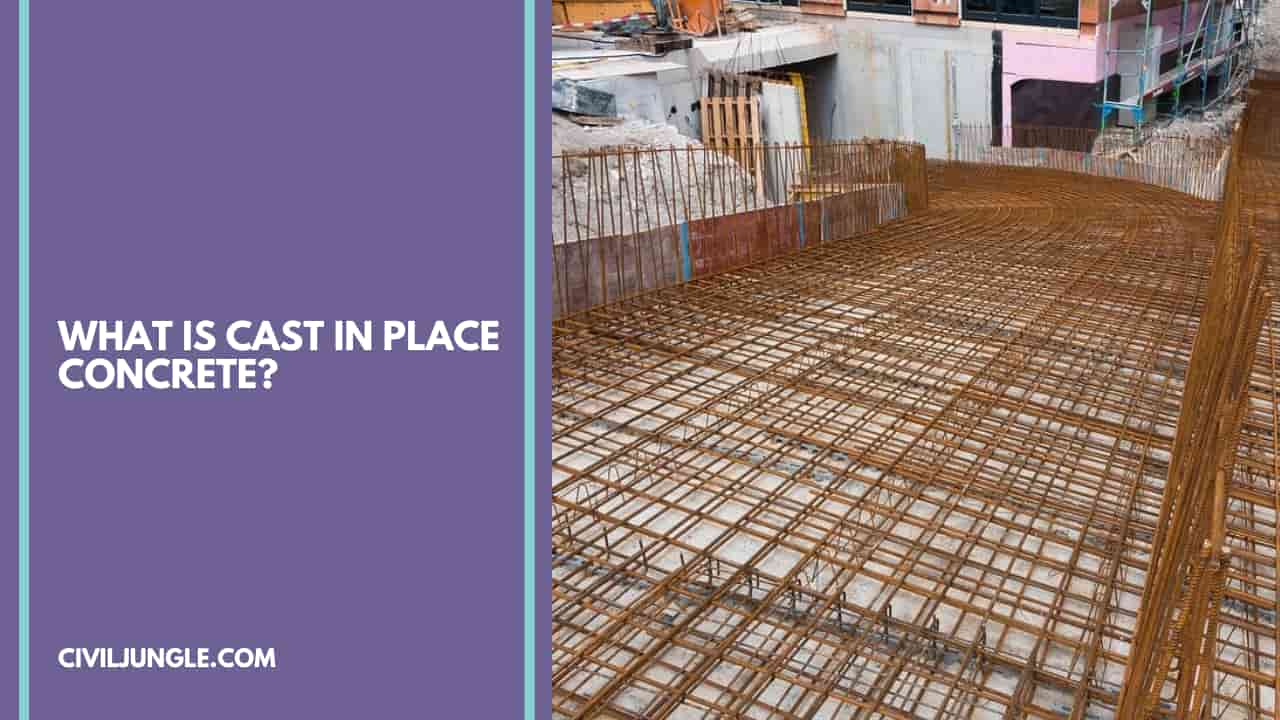

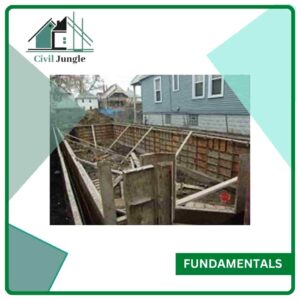

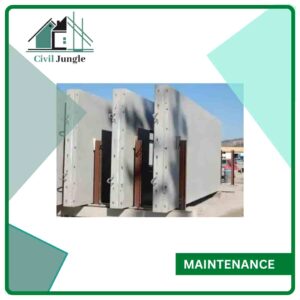

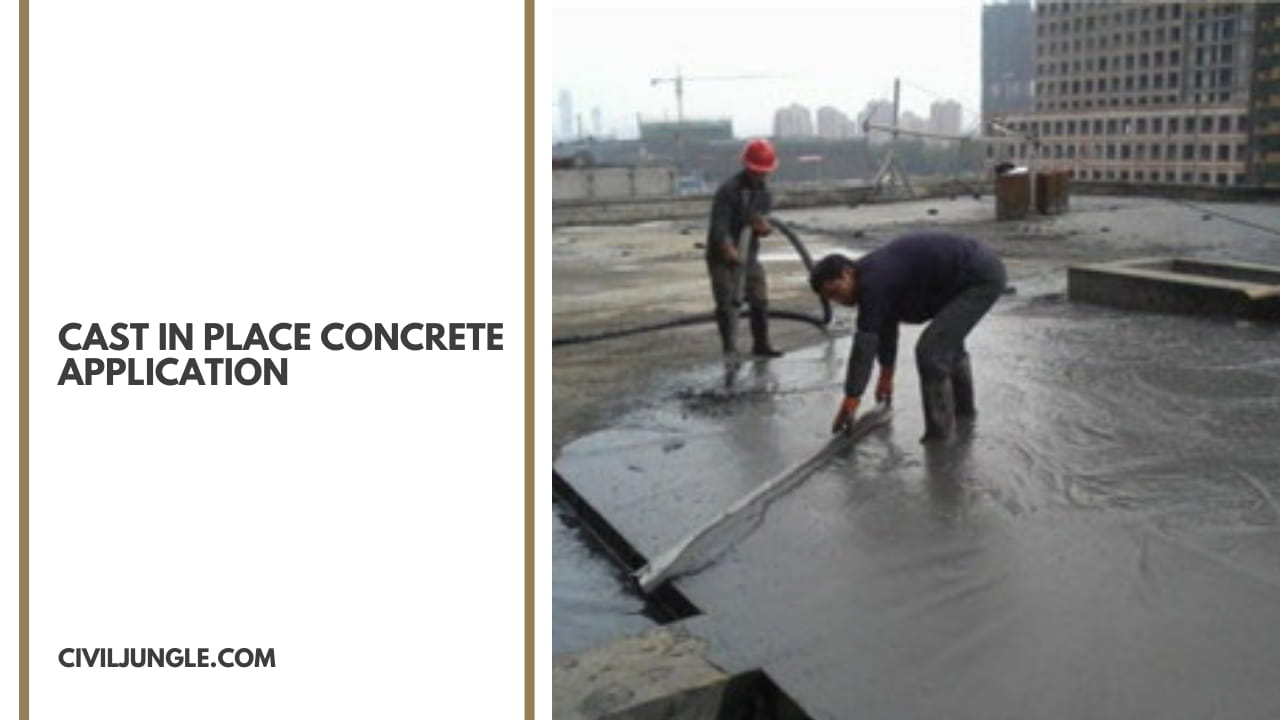

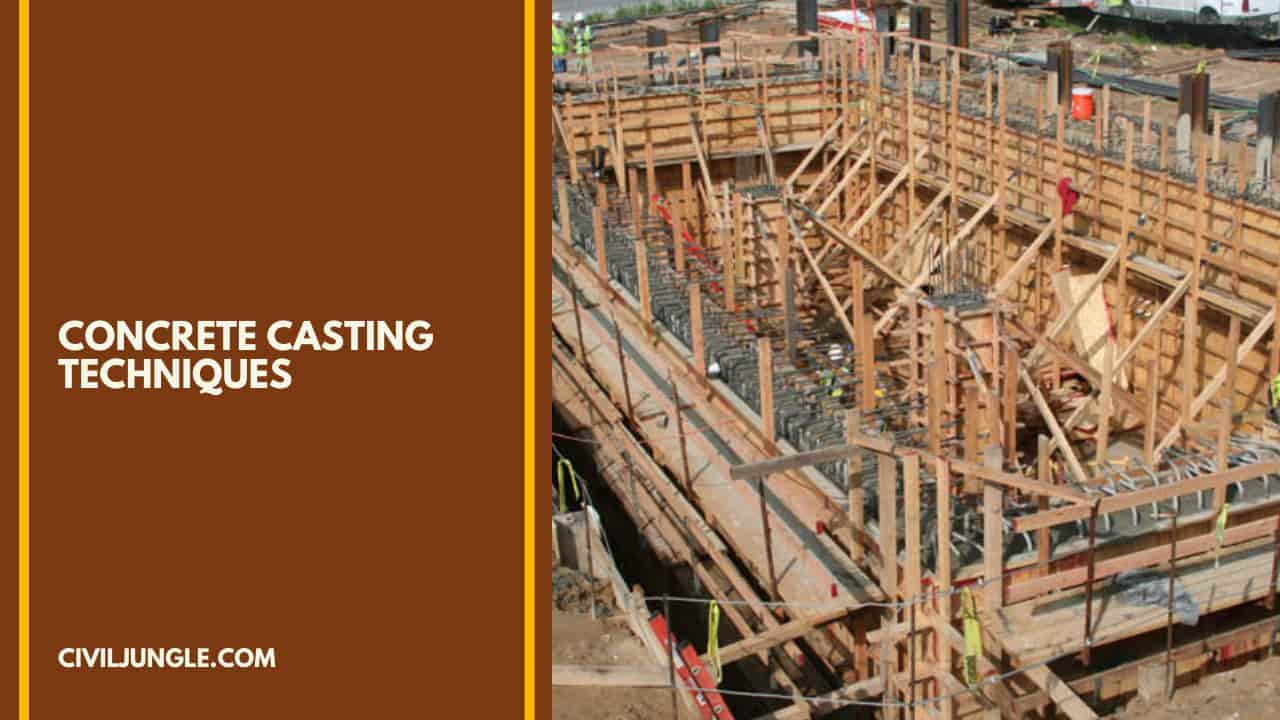
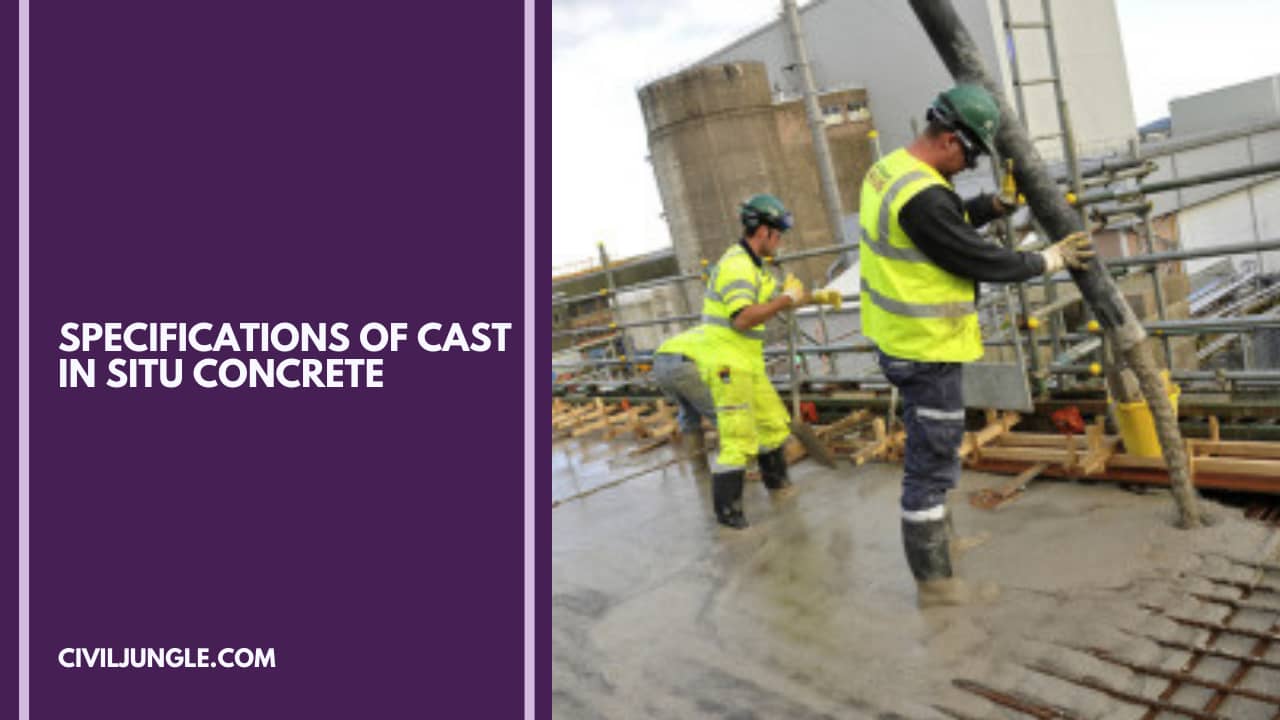


Leave a Reply